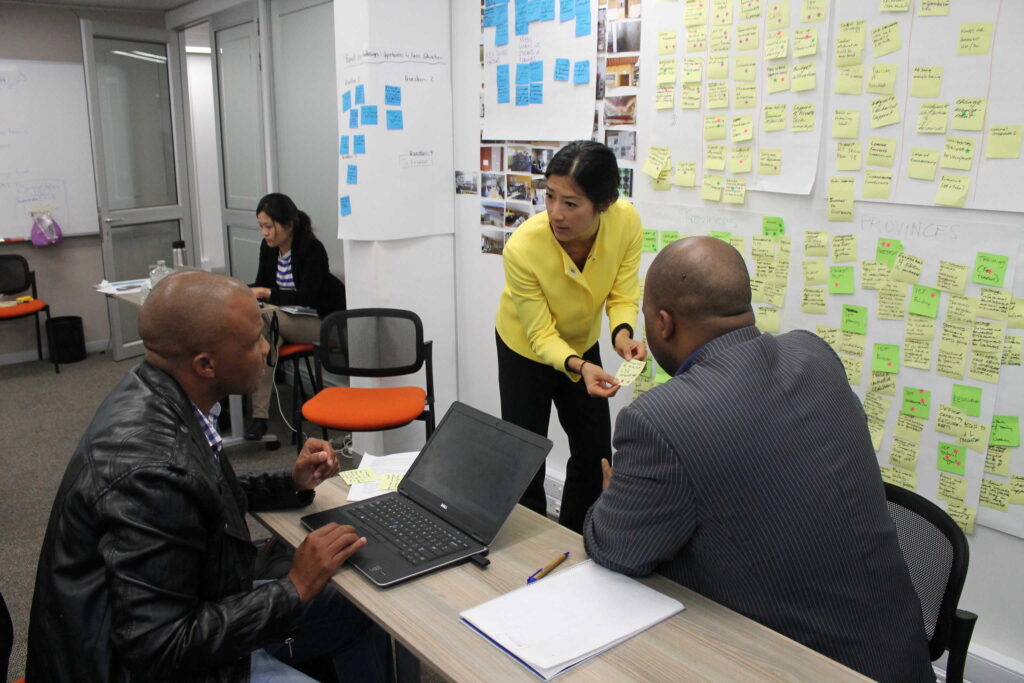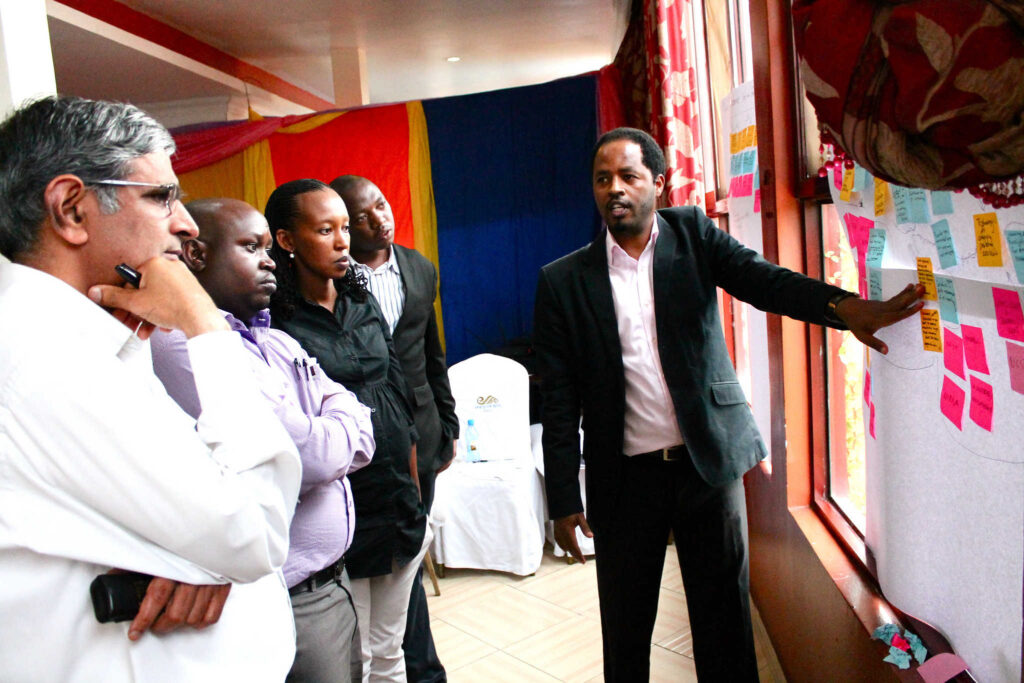How might we reorganize global environmental change research to better inform policy decisions?
Bringing Network Design to the Challenge of Global Climate Change
Challenge
The global environmental change research community, which explores the way our environment is transforming through human and natural processes, found itself in the midst of a crisis. Their body of evidence pointing to the effects of climate change grew year after year. Their recommendations for mitigating risks of climate change strengthened. But policymakers didn’t institute new legislation. Businesses didn’t change their practices (at least not fast enough). Consumers weren’t radically altering their behaviors. Global environmental change research was being criticized as research for research’s sake. Donors and government sponsors finally issued a response to researchers: either find a way to influence decision-making, or we will shift our support elsewhere.
Solution
“I’m surprised by how much content we got out of the process given the number of participants. That’s the value of this process … its greatest strength is bringing people together.”
– Hal Mooney, Stanford University
Leading members of this community (e.g., The International Council for Science (ICSU), the National Science Foundation) called on GKI to inform a new way of organizing a sub-set of global environmental change research programs. The goal was to make them more responsive to the needs of decision makers. Big questions loomed for the institutions at play: How do we capitalize on our legacy but not be limited by it? How do we find common ground among many diverse, often competing, ideas?
As a network designer and facilitator, GKI led multiple working sessions in which participants presented new ideas and deliberated various organizational configurations. Discussions centered on how to incorporate decision makers’ needs and preferences earlier in the research process. With a healthy dose of creativity and debate, the group converged on a vision for a modern, responsive research-to-action network. This work helped the group achieve an important milestone in their pursuit of institutional transformation. From these efforts, Future Earth was born.
Results / Outcomes
- Facilitated Nobel laureates, research directors, major funders and other members of the Global Environmental Change (GEC) community in a multi-day network design process
- Fostered buy-in and excitement amid a time of great institutional change
- Created a collective vision for a revamped GEC research network




